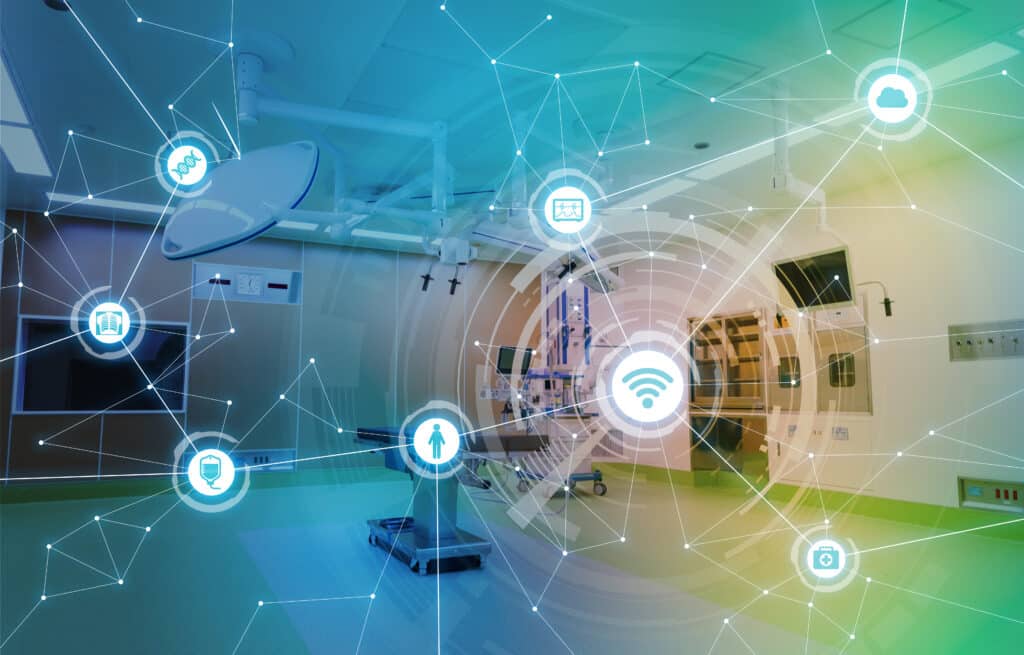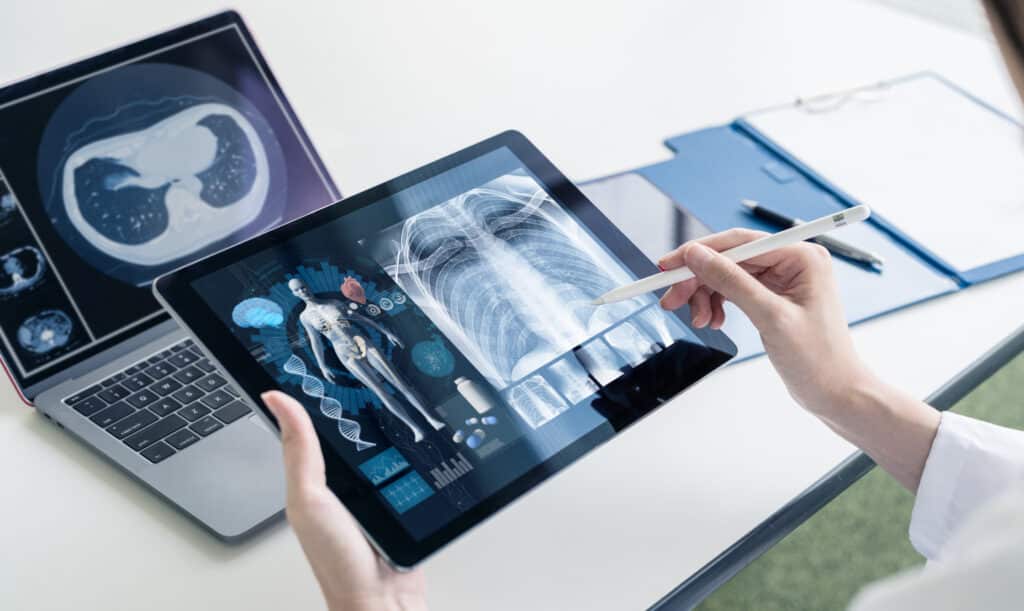Healthcare and Clinical
Healthcare and Clinical
Healthcare and clinical demands the highest in network delivery. High network up time is a given, but network security, segregation of traffic and appropriate QoS treatment of differing levels of network traffic are all important.
Hospital networks need to support many services and equipment types, be well documented, well managed and maintained. A good outcome for clinical networks is minimum intervention – the network should be stable, centrally controlled and offer full 802.1X services to control which clients and users can connect.
Clinical Use Cases
Clinical deployments have a wide range of requirements for services to be supported. Here’s a run down of some of the common ones.
BioMedical
Clinical networking revolves around the requirement to connect BioMedical equipment. Very often these are wireless devices (patient monitors are very commonly connected to Wi-Fi) and fixed network devices (CT Scanners for example).
Each device has a requirement from the network, with the clear base requirement that traffic should be segregated between device types and to the main corporate network.
The use of AAA services, such as Cisco ISE allow for the connection of devices to be profiled and centrally controlled. This allows for secure connection and tracking, but also allows for mobility of wired devices – no matter where they plug in, they will be connected to the correct VLAN.

Corporate
The clinical network is required to support a multitude of corporate applications. Whether this is clinical staff on the ward, admin support staff or clinicians connecting to Workstation on Wheels (WOWs), there are many requirements the network needs to support.
Printing is a very common requirement that can be complex in a hospital environment.
With correct segregation, the same network infrastructure can support the corporate users, life critical ICU systems, as well as security systems, such as cameras and door strikes for swipe card access.
Mobile users are a significant proportion of the clinical users – there are many use cases – from connecting AGVs through to food ordering conducted at the bedside.
BYOD / Guest Access
Bring Your own Device (BYOD) and Guest access are very common services in a clinical setting.
This allows clinicians to connect their own devices, but also includes the ability for guest users to connect and use their own devices while in hospital.
The capability to connect guest users and devices is a flexible one, with many options for connection. This can be a simple splash screen, a time limited code, or a full sign up of the device and user to the network.
BYOD services allow for the on boarding of devices to the network and these can then retain their connection information for seamless connection on the next visit to the hospital.



